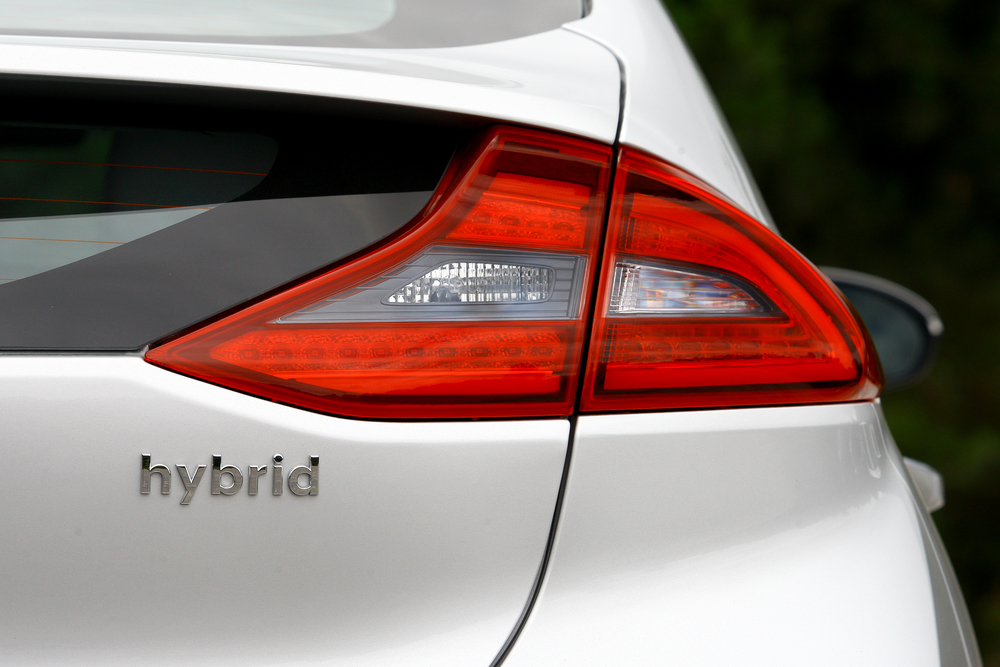Farmers, truck drivers and local councils are calling on the federal government to spend $5.5 billion fixing the nation’s disaster-ravaged roads, saying rural communities are struggling to recover after floods and cyclones.
A new Rural Road Alliance, made up of farming groups and councils, wants an emergency road funding package in the May budget, including $1 billion over four years to rebuild rural roads to withstand future disasters.
The group says 82,000 kilometres of rural roads have been closed by flooding across NSW, Queensland, Victoria and South Australia in the past two months, while Western Australia’s freight routes have been devastated by cyclones.
Major national transport routes including the Hume, Newell, Calder and Western highways have copped severe damage, making it harder for Australian produce to be exported.
Australian Livestock and Rural Transporters Association executive director Mat Munro said the poor state of the roads is increasing the time and cost of moving stock.
“It’s harder on our vehicles, it’s harder on our drivers, and it’s harder on our livestock,” Mr Munro said.
“It’s holding back development of our regional communities and undermining safety and welfare for all users of country roads.”
GrainGrowers and the National Farmers’ Federation said the damage was catastrophic.
In the past year there were 23 flood events and 429 disaster declarations across 277 local government areas, the Australian Local Government Association said.
“The flooding, fires and cyclones we’ve seen over the past few years are unprecedented. What we need now is unprecedented funding – not just to repair our roads, but to strengthen them for future events,” the association’s chief executive Matt Pinnegar said.
In the 2022-23 budget, the federal government set aside $28 billion for 410 major infrastructure projects in regional areas, including multiple road upgrades and repairs.
The NSW government in January announced a $500 million fund to fix damaged roads, with more than half going to regional areas.
Stephanie Gardiner
(Australian Associated Press)




